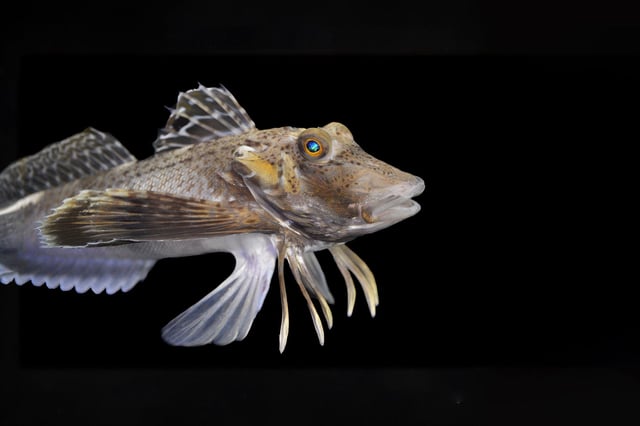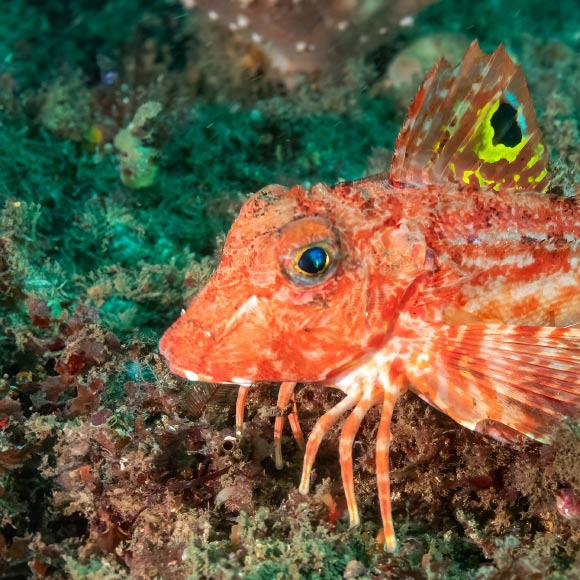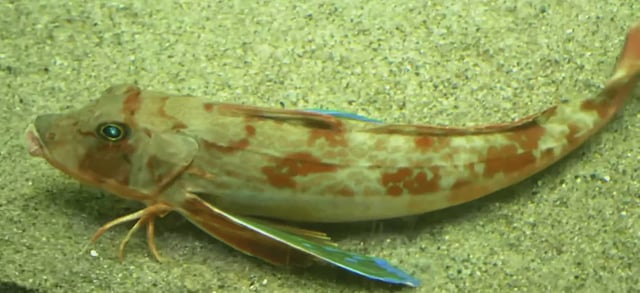Overview
- Sea robins, a family of fish, use their leg-like appendages to walk on the ocean floor and detect prey buried in the sand.
- These appendages, which evolved from pectoral fins, are covered in sensory papillae similar to human taste buds, allowing the fish to chemically sense prey.
- Researchers identified the gene tbx3a as crucial for developing these sensory legs, which is also involved in limb development in humans.
- The discovery was made after observing other fish following sea robins to feed on prey they uncovered, prompting detailed anatomical and genetic studies.
- This adaptation showcases the evolutionary flexibility and innovation in sea robins, with different species exhibiting varied sensory structures and behaviors.


